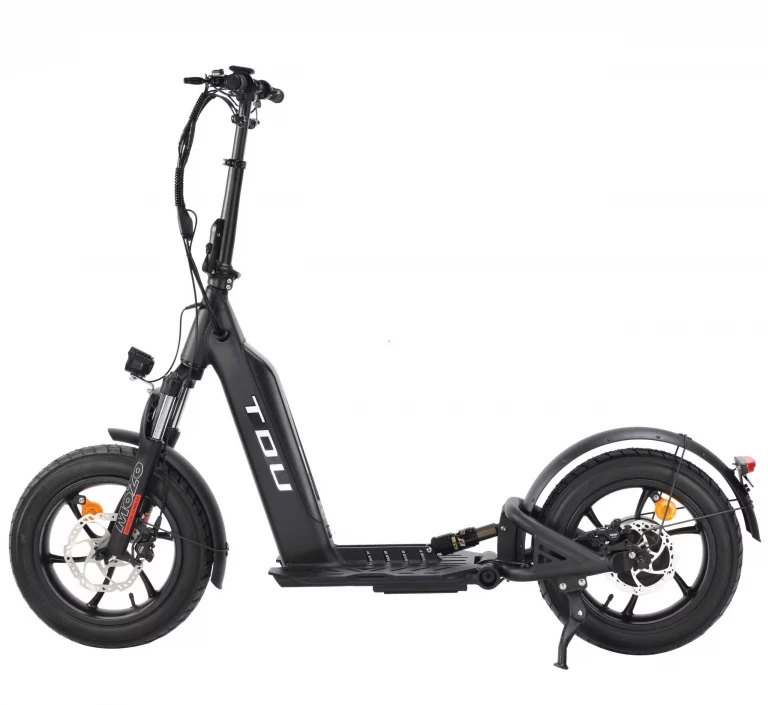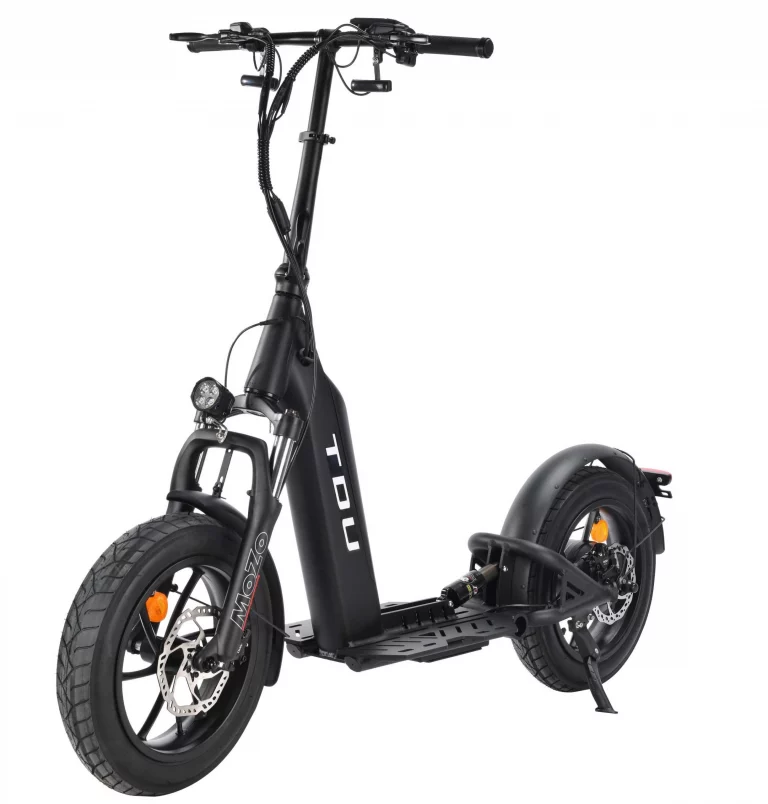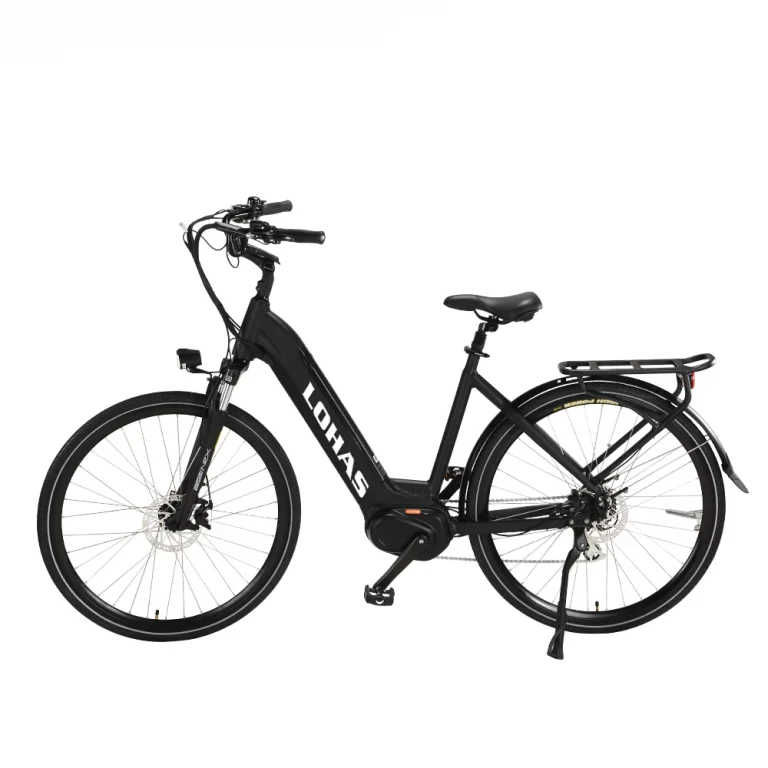Exploring the Electric Bike Battery Challenge
As the popularity of electric bikes continues to surge, riders are facing a critical challenge related to battery performance and recharging capabilities. Understanding this dilemma involves recognizing the growing demand for longer battery life and the current limitations in charging infrastructure.
Understanding the Dilemma
The Demand for Longer Battery Life
According to survey data analysis, 33.7% of e-bike users express a preference for a range of 400 miles, indicating a significant desire for extended battery life. This underscores the need for advancements in battery technology to meet the evolving expectations of riders.
Current Charging Limitations
The average billable time for charging an electric bike is approximately 4 hours, as indicated by user preferences. However, this poses practical challenges in daily usage scenarios where quick recharging options are essential. Market analysis reveals that e-bike batteries typically range from 250 watt-hours to over 1,000 watt-hours, emphasizing the need for efficient and rapid charging solutions.
The Impact on Riders
Range Anxiety Among Users
A notable concern among e-bike riders is “range anxiety,” with 32.1% finding a 4-hour charging time acceptable. This apprehension stems from the fear of running out of battery power during extended rides, highlighting the significance of addressing charging limitations to alleviate user stress and enhance overall riding experiences.
Seeking Sustainable Solutions
Innovations in e-bike charging station technology offer promising prospects for resolving these challenges. Revolutionary breakthroughs such as hydrogen-based energy storage systems and wireless charging utilizing Internet of Things (IoT) technology present opportunities to transform the recharging landscape for electric bikes.
By delving into these aspects, it becomes evident that addressing the electric bike battery challenge requires comprehensive solutions that cater to both longer battery life expectations and efficient recharging mechanisms.
Can Electric Bikes Be Recharged While Riding?
The possibility of recharging electric bikes while riding has sparked curiosity and debate among cycling enthusiasts. Debunking myths and confirming facts surrounding this concept requires a closer examination of regenerative braking and pedal-assist charging.
Debunking Myths and Confirming Facts
The Reality of Regenerative Braking
Contrary to misconceptions, regenerative braking technology enables electric bikes to convert kinetic energy into electrical energy during deceleration or braking. This innovative system harnesses the bike’s momentum, transforming it into a power source that contributes to recharging the battery. Studies have shown that regenerative braking can effectively extend the range of electric bikes by 1-5% through the recapture of energy that would otherwise be dissipated as heat.
Pedal-Assist Charging: A Closer Look
Pedal-assist charging mechanisms integrate seamlessly with the rider’s pedaling motion, offering an active approach to recharging the bike’s battery during travel. By engaging in pedaling, cyclists can contribute to the generation of electrical power, supplementing the battery’s charge while in motion. This sustainable method not only enhances the overall efficiency of e-bikes but also aligns with environmentally conscious practices by promoting human-powered energy generation.
Real-World Applications and Examples
Success Stories of Self-Charging Bikes
Real-world applications have demonstrated the viability of self-charging electric bikes in diverse settings. For instance, a study evaluating electric bike use at three Kaiser Permanente NW employment centers in the Portland Metro region revealed that participants biked more often and to a wider variety of places when provided with e-bikes equipped with pedal-assist charging capabilities. The results showcased how access to self-charging e-bikes led to increased confidence among cyclists and reduced barriers to cycling, emphasizing the practical benefits of integrating recharging capabilities into biking experiences.
Limitations and Considerations
While advancements in self-charging technologies present promising opportunities, it is essential to acknowledge certain limitations and considerations. Factors such as varying terrain conditions, rider input variability, and overall energy conversion efficiency play crucial roles in determining the effectiveness of pedal-assist charging systems. Additionally, urban tourism initiatives leveraging e-bikes for exploration underscore their potential impact on sustainable mobility solutions.
In exploring these aspects, it becomes evident that electric bikes hold significant potential for recharging while riding through innovative technologies such as regenerative braking and pedal-assist charging mechanisms.
The Mechanics Behind Recharging While Riding
In the realm of electric bikes, the mechanics behind recharging while riding encompass innovative technologies that harness kinetic energy and human-powered propulsion to supplement battery charge. Understanding these mechanisms sheds light on the potential for sustainable and efficient recharging solutions.
How Regenerative Braking Works
Converting Kinetic Energy into Electrical Energy
Regenerative braking, a pivotal feature in self-charging electric bikes, involves the conversion of kinetic energy generated during deceleration or braking into electrical energy. This process is facilitated by specialized systems that capture and store the kinetic energy, subsequently transforming it into a power source for recharging the bike’s battery. A patent titled “Device for converting kinetic energy into electric energy for electric vehicle” delves into the technical aspects of this conversion process, emphasizing its significance in enhancing the overall efficiency and range of electric vehicles.
The Role of the Motor and Battery
Central to regenerative braking is the seamless integration between the motor, braking system, and battery. As the rider applies brakes or decelerates, the motor transitions into a generator mode, capturing excess kinetic energy that would otherwise be dissipated as heat. This electrical energy is then channeled back into the battery for storage, effectively extending the bike’s range and reducing reliance on traditional charging methods.
The Role of Pedal-Assist Systems
Enhancing Battery Life Through Pedaling
Pedal-assist systems play a pivotal role in augmenting battery life by leveraging human pedaling motion to contribute to electrical power generation. As cyclists pedal, they actively engage in generating electricity through integrated mechanisms that convert mechanical energy into electrical energy. This active involvement not only promotes sustainable recharging but also aligns with environmentally conscious practices by minimizing dependency on external power sources.
Integration with Bike Design
The seamless integration of pedal-assist systems with e-bike design underscores a holistic approach to enhancing recharging capabilities while riding. Manufacturers are increasingly incorporating ergonomic designs that optimize pedal-assist functionalities, ensuring harmonious synergy between human input and technological innovation. These advancements aim to elevate user experiences by empowering riders to actively participate in sustaining their e-bikes’ power requirements.
By unraveling these intricate mechanics behind recharging while riding, it becomes evident that electric bikes possess inherent capabilities to transform kinetic and human-generated energies into sustainable sources of power.
The Future of Electric Bike Charging
As the electric bike industry continues to evolve, the future of e-bike charging is poised for remarkable advancements, driven by innovations in battery technology and the integration of renewable energy sources. These developments hold the potential to revolutionize recharging capabilities while addressing the growing demand for sustainable transportation options.
Innovations on the Horizon
Advances in Battery Technology
The ongoing research and development efforts in battery technology are paving the way for enhanced energy storage solutions tailored to electric bikes. Hybrid power generation systems, comprising solar and wind energy combined with battery storage, are being explored as viable alternatives for e-bike charging stations. This approach aligns with the broader trend towards utilizing renewable energy sources for environmentally friendly transportation options, marking a significant step towards achieving sustainable mobility.
Integration of Solar Panels
Incorporating solar panels into e-bike charging infrastructure represents a pivotal innovation with far-reaching implications. Studies have highlighted the potential of hybrid wind and PV (photovoltaic) e-bike charging stations as sustainable transportation solutions. These systems leverage a combination of wind turbines, solar PV arrays, and lithium batteries to facilitate daily and yearly charging operations for electric bikes. The utilization of renewable energy sources not only contributes to reducing carbon emissions but also underscores the feasibility of integrating eco-friendly practices into urban mobility landscapes.
The Potential for Wider Adoption
Overcoming Technical Challenges
The global utilization of electric vehicles and electric bikes necessitates overcoming technical challenges associated with recharging infrastructure. Effective infrastructures capable of accommodating increased numbers of electric vehicles and e-bikes are imperative for fostering widespread adoption. The development of hybrid power generation systems offers a promising avenue for addressing these challenges, providing insights into sustainable charging solutions that cater to diverse onshore and offshore locations.
The Role of Infrastructure Development
Infrastructure development plays a crucial role in shaping the future landscape of e-bike charging. Embracing renewable energy sources as integral components of charging stations signifies a paradigm shift towards environmentally conscious transportation initiatives. As urban centers strive to accommodate the rising demand for electric bikes, there is an inherent need to establish robust infrastructural frameworks that support efficient recharging while minimizing environmental impact.
Embracing the Future of E-Biking
Sustainable Transportation Solutions
The Role of Electric Bikes in Reducing Carbon Emissions
Urban planners and environmental experts emphasize the pivotal role of electric bikes in driving sustainable transportation solutions, particularly in reducing carbon emissions. E-bikes are recognized as a vital tool in the quest for sustainable urban living, offering the potential to replace a significant share of vehicle trips and mitigate related emissions. As governments worldwide acknowledge the possibility of e-bikes to alleviate urban blockage and decrease environmental impact, it becomes evident that embracing e-bikes contributes to promoting efficient land use and addressing pollution concerns.
In an interview with urban planners and environmental experts, it was highlighted that e-bikes are seen as a critical element in making cities more livable and equitable. The insights underscored the potential for e-bikes to drive sustainable urban development by providing individuals with accessible and eco-friendly mobility options. Moreover, the integration of e-bikes into urban landscapes presents opportunities to reduce congestion, enhance air quality, and foster inclusive transportation systems.
Integration with Public Transportation Systems
The integration of electric bikes with public transportation systems emerges as a strategic approach towards enhancing overall mobility experiences. By seamlessly incorporating e-bike infrastructure within public transit networks, cities can promote multi-modal commuting options while reducing reliance on traditional fossil fuel-based vehicles. This integration not only addresses last-mile connectivity challenges but also aligns with efforts to create interconnected and sustainable transportation ecosystems.
During the interviews, it was emphasized that governments should take concrete steps to address barriers to access, affordability, and safe use for all cyclists. The potential benefits of integrating e-bikes into public transportation systems were underscored as a means to promote efficient land use, reduce pollution, and enhance urban mobility. Furthermore, technical advancements such as AI-powered features, longer-lasting batteries, and lighter yet more durable materials are expected to drive the next wave of e-bike adoption, signaling a transformative shift towards embracing sustainable transportation solutions.
In summary, the future of e-biking lies in its seamless integration within public transit networks and its pivotal role in reducing carbon emissions while driving sustainable urban development. By addressing barriers to access and promoting multi-modal commuting options, governments can pave the way for a more equitable and environmentally conscious urban landscape.
Yongkang LOHAS Vehicle Co., Ltd
Lohas is a renowned manufacturer of electric bikes, known for their innovative design and advanced technology. These bikes are designed to provide a sustainable and efficient mode of transportation, making them a popular choice among environmentally conscious consumers.
Lohas’s Electric Bikes are equipped with powerful motors and high-capacity batteries, ensuring they can cover long distances on a single charge. The bikes feature multiple speed settings, allowing riders to adjust the speed according to their needs and the terrain.
One of the standout features of Lohas’s Electric Bikes is their regenerative braking system. This innovative technology allows the bike to recharge its battery while riding, particularly during downhill rides or when applying the brakes. This feature not only extends the bike’s range but also enhances its energy efficiency.
Lohas’s Electric Bikes also come with user-friendly features such as an easy-to-read display that shows the bike’s speed, battery level, and other important information. The bikes are designed with comfort in mind, featuring adjustable seats and handlebars, and a lightweight frame for easy maneuverability.
In terms of aesthetics, Lohas’s Electric Bikes boast a sleek and modern design, making them a stylish choice for riders. They are available in various colors and models, catering to different tastes and preferences.
In conclusion, Lohas’s Electric Bikes are a perfect blend of functionality, efficiency, and style. They offer a sustainable and convenient mode of transportation, making them a must-have for any eco-conscious rider. This guide on solving the electric bike battery dilemma will help you make the most of your Lohas Electric Bike, particularly its innovative recharging feature.





